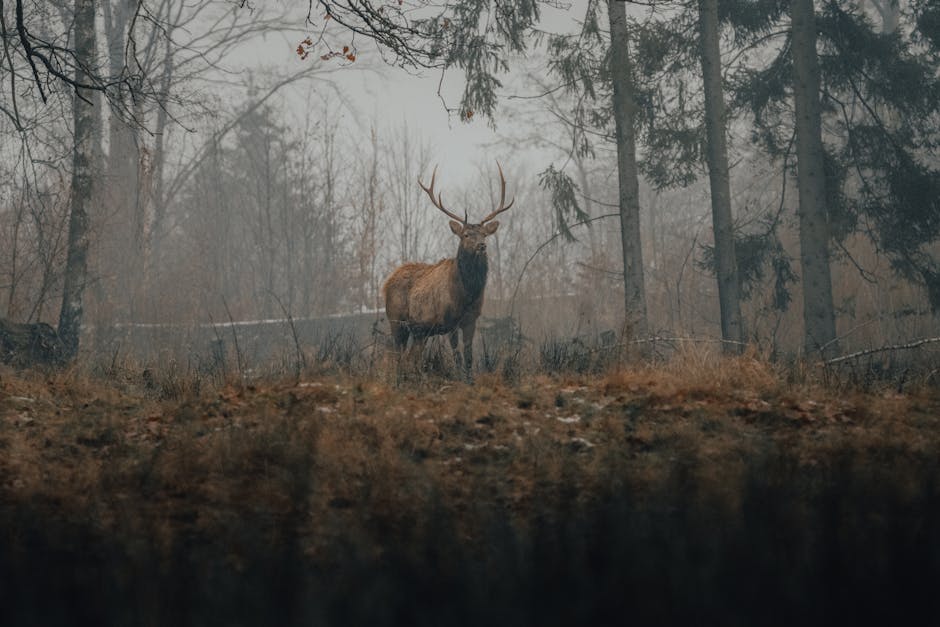
Where did the myth of the unicorn come from...
Have you ever wondered about the mystical origins of the enchanting unicorn? Travel back in time with me as we uncover the captivating tale of when, where, and how the unicorn myth was born.

Unicorn Origins in Ancient Folklore
In the ancient folklore of various civilizations, the unicorn emerges as a symbol of purity, grace, and power. Dating back to Mesopotamian and Indus Valley cultures, the unicorn is depicted as a majestic creature with a single spiraling horn, revered for its mystical qualities. From the ancient Greeks to the medieval Europeans, the unicorn's presence in folklore has left a trail of enchantment throughout history.
Legends of the unicorn are shrouded in mystery and magic, often believed to possess healing powers and the ability to detect poison. In Chinese mythology, the unicorn, known as 'Qilin,' symbolizes prosperity and serenity, embodying the virtues of benevolence and wisdom. The rich tapestry of ancient folklore weaves a compelling narrative around the unicorn's genesis, captivating generations with its allure.
As the unicorn gallops through the annals of ancient folklore, its legendary status transcends borders and cultures, embodying diverse meanings and symbols that resonate with the human psyche. The enigmatic origins of the unicorn myth spark curiosity and wonder, inviting us to delve deeper into the realm of fantasy and imagination.
Evolution of the Unicorn in Different Cultures
Across different cultures and time periods, the unicorn undergoes a fascinating evolution, adapting to various interpretations and symbolic significance. From the mystical tales of the Middle East to the medieval bestiaries of Europe, the unicorn's portrayal evolves to reflect the values and beliefs of each society.
In medieval Christian symbolism, the unicorn becomes a representation of Christ and the virtues of purity and resurrection. The unicorn's horn, known as an 'alicorn,' is believed to possess magical properties, capable of purifying water and healing ailments. Through art and literature, the unicorn's evolution mirrors the changing landscapes of cultural narratives and beliefs.
As the unicorn traverses through the tapestries of different cultures, its symbolism extends beyond mythical allure to embody concepts of innocence, strength, and untamed beauty. The evolution of the unicorn myth unveils a captivating journey of transformation, resonating with the timeless appeal of this legendary creature.
Symbolism of the Unicorn Through History
Throughout history, the unicorn symbolizes a myriad of themes and concepts, ranging from purity and virtue to power and elusive beauty. In heraldry, the unicorn represents courage and strength, depicted as a fierce yet noble creature. The unicorn's symbolic resonance extends to alchemy, where it embodies the pursuit of perfection and spiritual enlightenment.
The unicorn's mythical status as a bringer of good fortune and prosperity captivates the imagination, inspiring tales of quests and chivalry in medieval folklore. Its embodiment of wild, untamed nature juxtaposed with gentle grace evokes a sense of wonder and mystery that endures through the ages. The symbolism of the unicorn weaves a tapestry of enchantment that transcends time and culture.
Unicorn's Role in Medieval Legends
In medieval European folklore, the unicorn plays a central role in legends of chivalry and heroism, often depicted as a noble creature of immense power and rarity. Believed to be a symbol of purity and grace, the unicorn's horn is coveted for its mystical properties, reputed to neutralize poisons and detect impurities.
Medieval tapestries and manuscripts abound with vivid depictions of unicorns in various allegorical settings, portraying the creature as a majestic being of unmatched splendor. The unicorn's association with royalty and virtue cements its place in the pantheon of mythical creatures, symbolizing ideals of chivalry and divine grace.
As a revered symbol of purity and untamed beauty, the unicorn's presence in medieval legends sparks imaginations and inspires awe, casting a spell of enchantment that continues to resonate with modern audiences. Its role in shaping the tapestry of medieval folklore underscores the enduring appeal of this legendary creature.
Modern Interpretations and Pop Culture Impact
In modern times, the unicorn transcends its mythical origins to become a cultural phenomenon embraced in various forms of media and popular culture. From unicorn-themed merchandise to viral trends celebrating all things 'unicorn,' this magical creature captivates audiences of all ages with its whimsical charm.
The unicorn's resurgence in contemporary pop culture reflects a nostalgic yearning for magic and wonder in a fast-paced world. Its portrayal in movies, literature, and art rekindles a sense of innocence and fantasy, enchanting audiences with tales of adventure and enchantment. The unicorn's enduring popularity speaks to our enduring fascination with the mystical and the extraordinary.
As the unicorn prances into the realm of modern interpretations, its ethereal presence continues to capture hearts and minds, inspiring a new generation to believe in the magic of dreams and the power of imagination. From whimsical merchandise to iconic symbols of positivity, the unicorn's pop culture impact shines brightly, illuminating a path of wonder and delight for all who cross its mythical realm.
